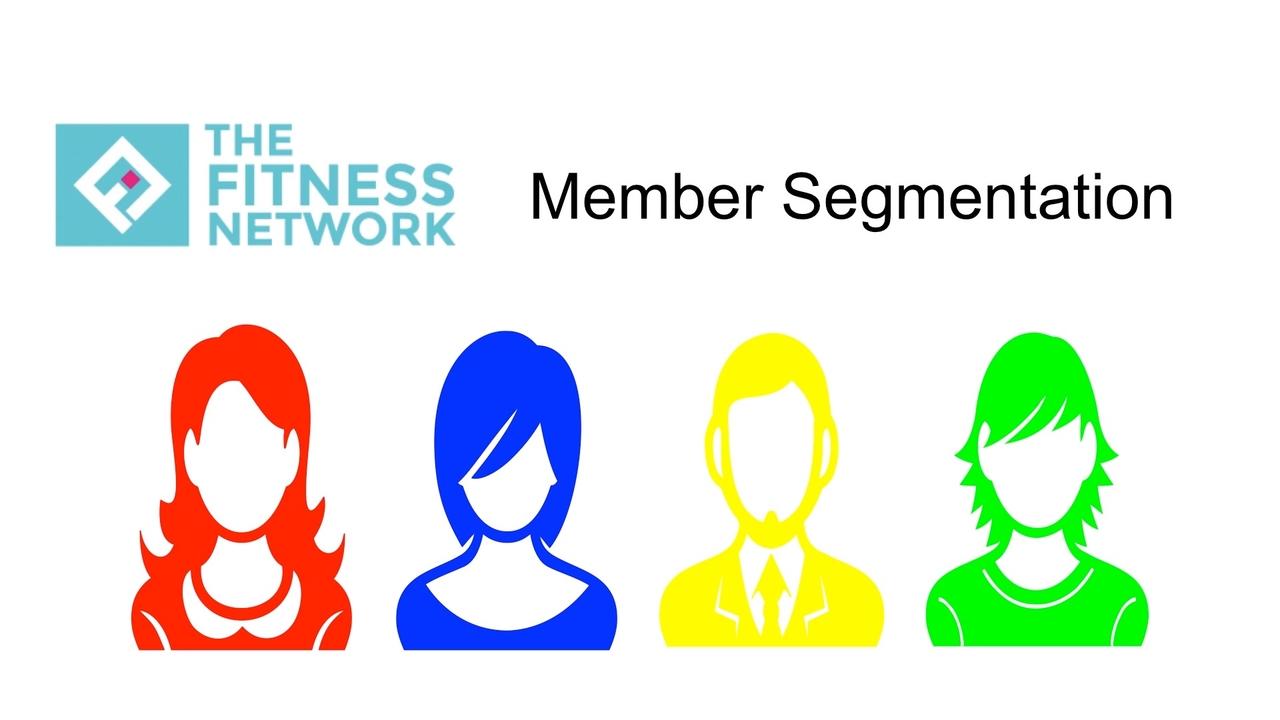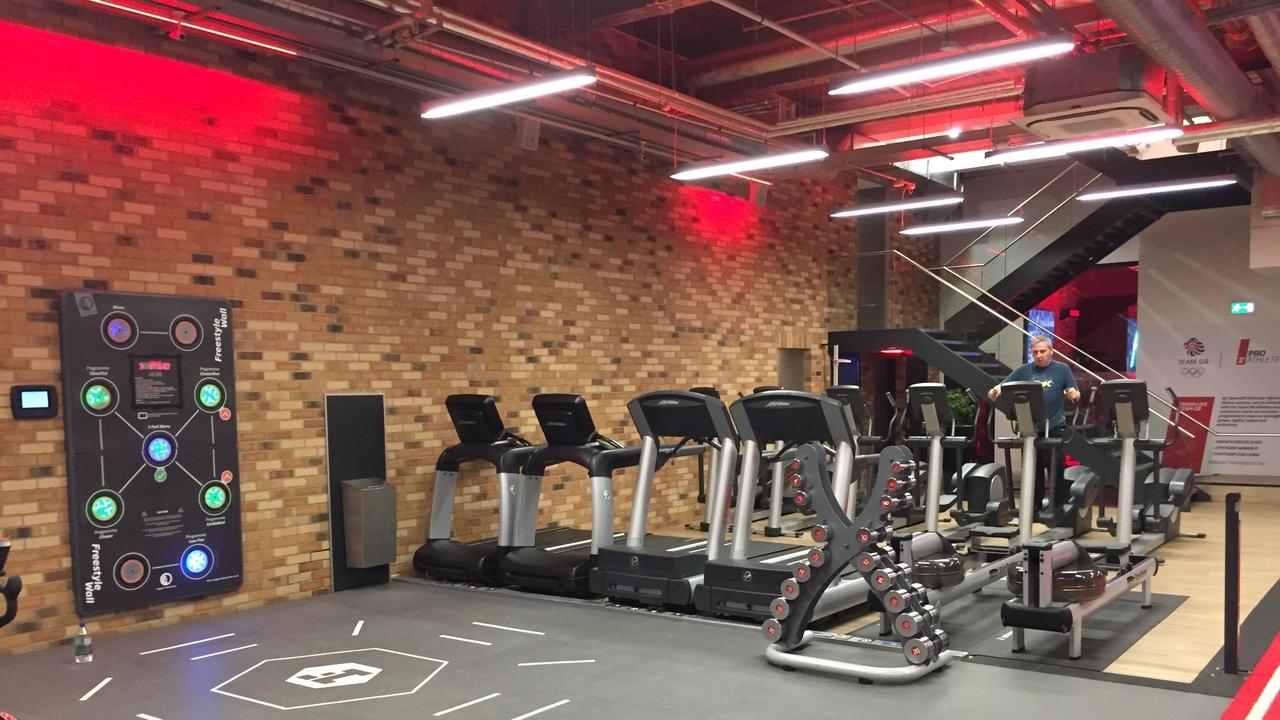Resolutions and how to stick to them

In this blog I will help you understand how to help members master self-control and stick to their exercise goals.
"Self-control is strength. Right thought is mastery. Calmness is power." This timeless quote by James Allen encapsulates the essence of what many of our members strive for at the start of a new year. They set lofty goals—to exercise more, eat healthier and reduce stress. But by February, up to 80% of these New Year's resolutions are abandoned. Why? The answer lies in understanding how self-control works and how we can leverage it to our members advantage.

The Self-Control Dilemma
Self-control is often viewed through two competing lenses. Is it like a battery that depletes with use? Or is it like a snowball, gaining momentum and strength as it rolls downhill? Recent research by psychologist Marco A. Palma (2018) suggests it might be a mix of both. Recognising this duality is crucial if we want to help our members master willpower and achieve their results.
The Marshma...
The Post-Pandemic Fitness Product

As consumer behaviours change, so the product offered at gyms and fitness studios must also change to keep up with expectations. Dr Paul Bedford reports.
As part of our ongoing research into, and monitoring of, the health and fitness market around the world, earlier this year we conducted a fascinating piece of research into how consumer behaviours have shifted pre- to post-pandemic – and what this means for the product offered at gyms, clubs and studios.
Before I dive into the implications, let me quickly run through some of the behavioural changes we’ve witnessed.
First, membership lifetime is down, whether you’re a big box operator or a boutique studio. If that doesn’t apply to you, I’m absolutely delighted. It’s certainly the case for a large proportion of the operators we’ve both spoken to and worked with.
Second, people are working out in more, and more varied, locations. As a result, pay-as-you-go is increasingly favoured over one regular monthly membership for most – but c...
The Post-Pandemic Consumer

The post-pandemic consumer
A new set of post-pandemic consumer behaviours are impacting fitness operators of all shapes and sizes. Dr Paul Bedford shares the findings of new research, and offers insights into how operators might respond.
Earlier this year, I put together a report into changing dynamics in the fitness marketplace: new post-pandemic nuances in consumer behaviour compared to pre-COVID norms.
The report was inspired by a request from one of my customers, concerned by some of the changes they were seeing and wanting to know what they could do about it. Their question: ‘Are we alone in this?’
My answer: ‘Absolutely not.’
Because – although all the headlines show club operations returning to pre-pandemic membership numbers, and great news that is – some things have nevertheless changed. And they’ve changed across the sector and around the world, with consistent themes emerging around customer usage patterns.
I’ll dive into the findings of our research in a moment, but ...
Club Industry 2020 - Retention In a Time of COVID
This is the 20 minute session I pre recorded for Club Industry 2020
FIT-C Podcast Corona Virus Edition
FIT-C Podcast Ep. 094 Garrett Marshall, Paul Bedford, & Mike Leveque: Dealing With The Coronavirus
This week, on the Fitness + Technology podcast, host Bryan O'Rourke welcomes special guests from across the industry in wake of the coronavirus pandemic. As leading thinkers and experts in fitness and club operations, listeners will hear their foresight into the future and how you can stay prepared in this time of uncertainty. The upcoming podcasts will be a series of interviews we hope will be of value to you as this situation unfolds. If there is anything we can do for you, please reach out @bryankorourke or at [email protected].
Please know, we will get through this. We send our prayers and best wishes to you and your families.
One Powerful Quote:
8:47: “We did make a...
Visits and how they affect Retention Pt 3.

Ultimately, if you want to stay in business, people must use your facility, and, as I've mentioned previously, you want members to visit a minimum of once per week or four times per month and upwards.
My Retention VIP project focusses on just three areas: visits, interactions and programming. In conversation, the staff’s responsibility is simply to drive visits, because if they don't attend, it doesn't matter how well-educated your staff are or how beautiful your club is, it's irrelevant.
So a lot the of work I do with staff is based around about asking customers when they are in next. When they are next training, and when they were in last - trying to get them into a routine. People who follow exercise on a routine behaviour, for instance, same day / same time, adhere to their exercise programme, what we prescribe for them, much more strongly. Plus they retain their memberships much, much longer.
Vice versa, people who train on an ad hoc basis drop in and out much more quickly. S...
How to build your Customer Journey to Improve your Retention Pt 2.

In this second of our four part series on customer retention, we explains the importance of the customer journey…
We use segmented data in our marketing to attract new customers by age, gender and sometimes by sociodemographic group. But once they've joined, we need to start segmenting them based on their behaviours. How frequently are they visiting? What activities are they doing? What are their preferences? What feedback are we getting in terms of their net promoter score?
Visit frequency is a key behaviour, because if visit frequency is low, there's a tendency for that person to drop out.People are much more likely to stay customers if they visit a minimum of four times per month in the first month.
My preference is to describe visit frequency per month, because so much fluctuates weekly. Sometimes people can't visit three times in one week, but they might make up a session the following week. So give your members a range rather than an absolute number, and encourage them to...
Is Technology Holding us Back

With so much new technology that claims to aid retention are we ignoring what’s right under our noses? We explore what’s out there, the challenges operators face in implementing new innovations and how we can overcome them.
The Walled Garden
The infrastructure of our industry's membership management technology is inhibiting our ability to move forward and more often than not it doesn't interact with other technology, behaving like a walled garden, as software companies try to do it all themselves.”
I believes it’s a question of build or buy. Large operators with their own software engineers are in a far better position to develop their own retention technology, such as US-brand Equinox, which has built an AI-led digital coach, that learns customers’ habits to keep them engaged, into its mobile app. Smaller operators can commission projects, but it’s fraught with challenges and there’s massive cost associated with keeping software up to date.
It’s a rock and a hard place situation...
Using segmentation to maximise member retention.

This article first appeared in the Fitness Network
Using segmentation to maximise member retention.
One of the best ways to positively impact retention is to exceed your members’ expectations. However, with potentially thousands of members, understanding their needs in the first place can be challenging. Many operators use the Net Promoter Score (NPS) because it’s quick to administer, and the results are easy to analyse. However, they often miss a trick by diving straight into the findings, without fully understanding how their membership base is made up.
1. You firstly need to understand as much as you can about your current members; how long they’ve been a member, their age and gender for example. Building this picture is the first part of identifying how best to respond to your members’ needs and really impact retention.
2. You then need to ensure that the responses you’ve got are representative of your membership base. For example, if females over 55 years old make up 40% of ...
Enhancing Exercise Adherence

A key behaviour related to improved member retention is exercise adherence. While retention measures the time between joining and leaving, exercise adherence measures the number of session completed compared to the number of sessions a member plans to do.
If a member plans and succeeds in completing twelve training sessions per month we would report this as 100% adherence. If, however, they only completed six of the planned twelve sessions they have 50% adherence.
So we measure retention in months and adherence in sessions per month. 100% adherence is rare, unless the target frequency is so low that it’s easily achieved.
Exercise intensity is directly related exercise adherence. As intensity goes up adherence goes down. The tougher the workout the tougher we find it to maintain a regular routine. That may surprise experienced exercisers with the current fascination with HIIT. However, the more difficult an exercise programme becomes, either by intensity or complexity, the less li...


